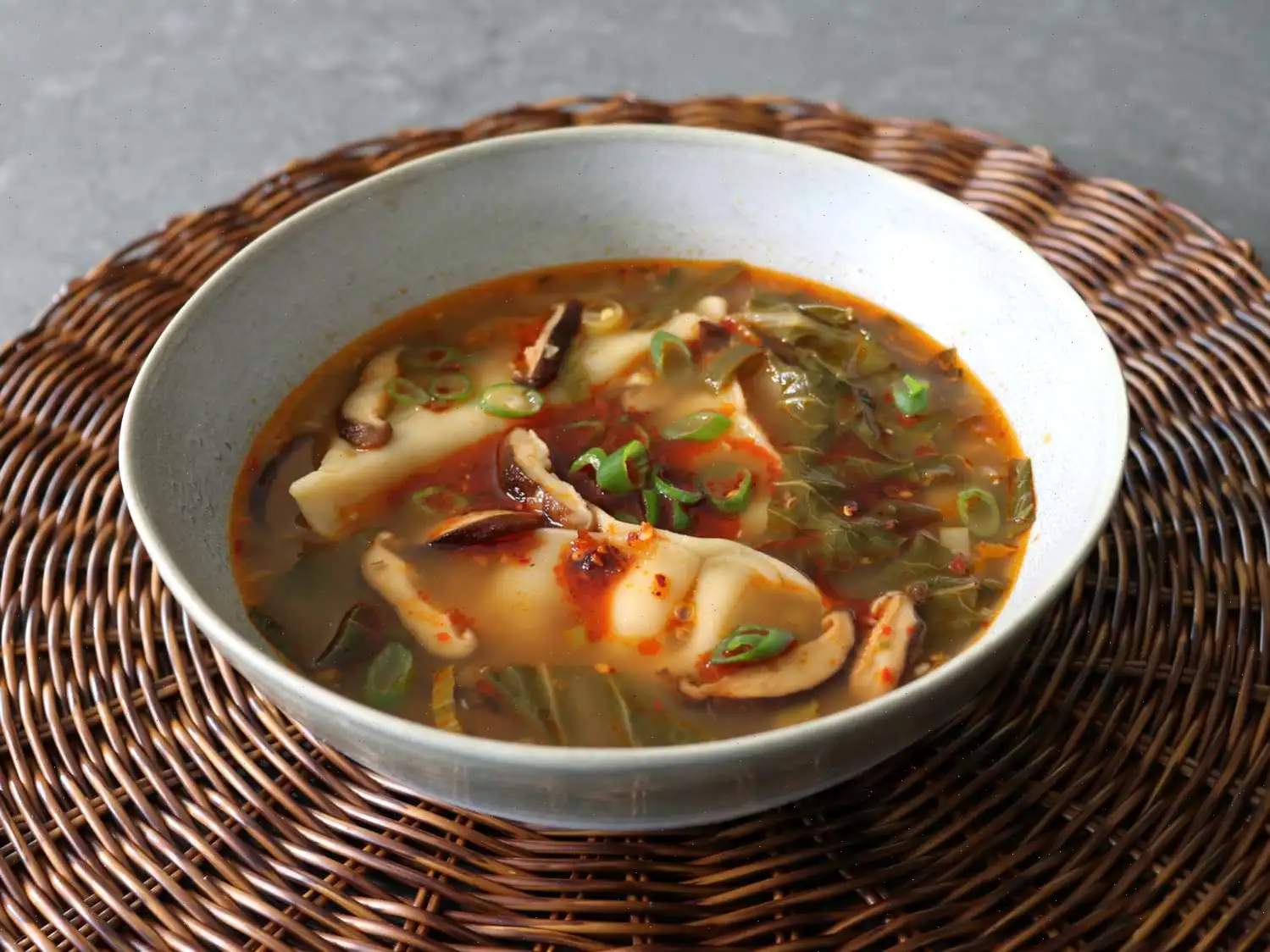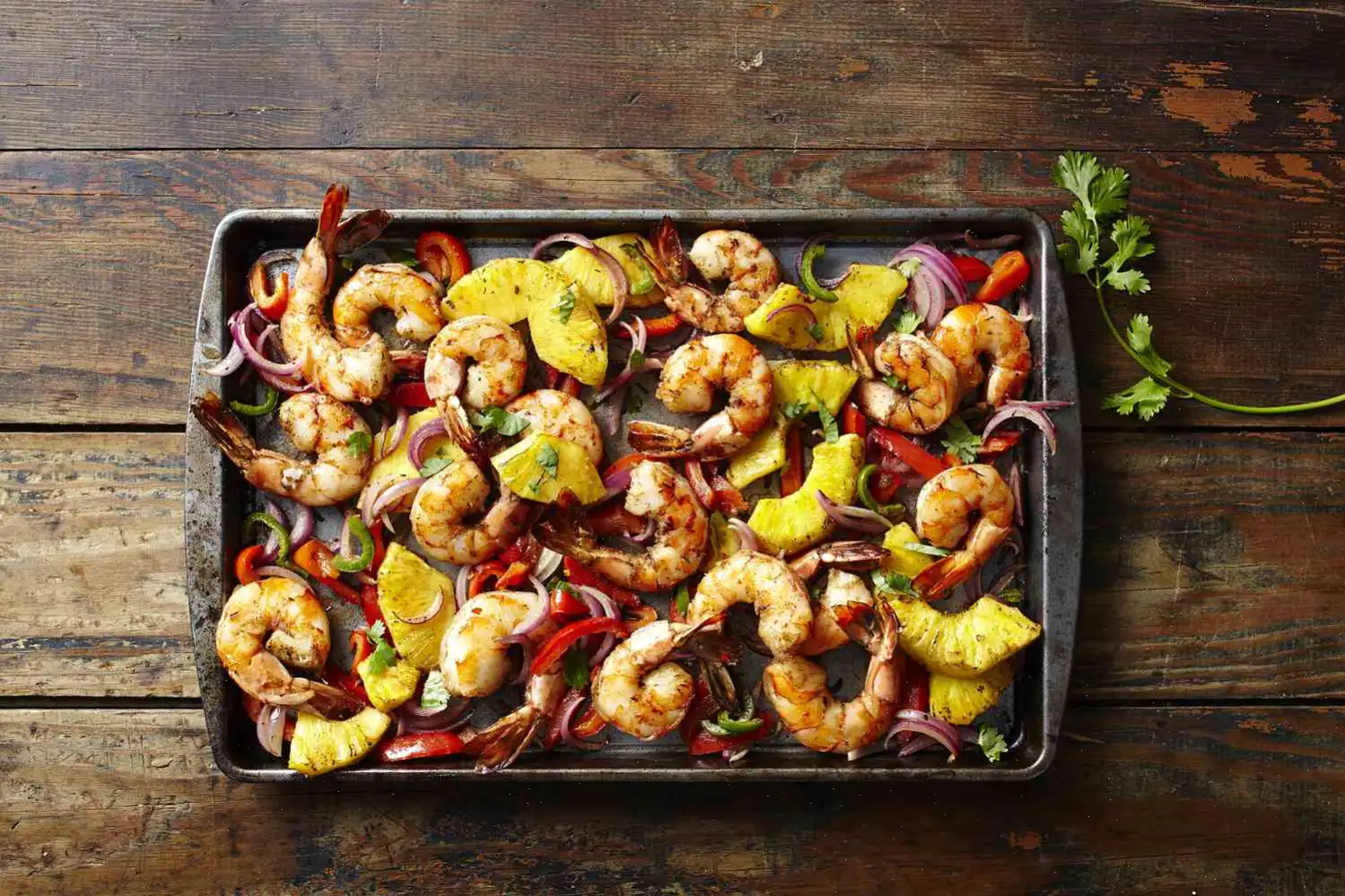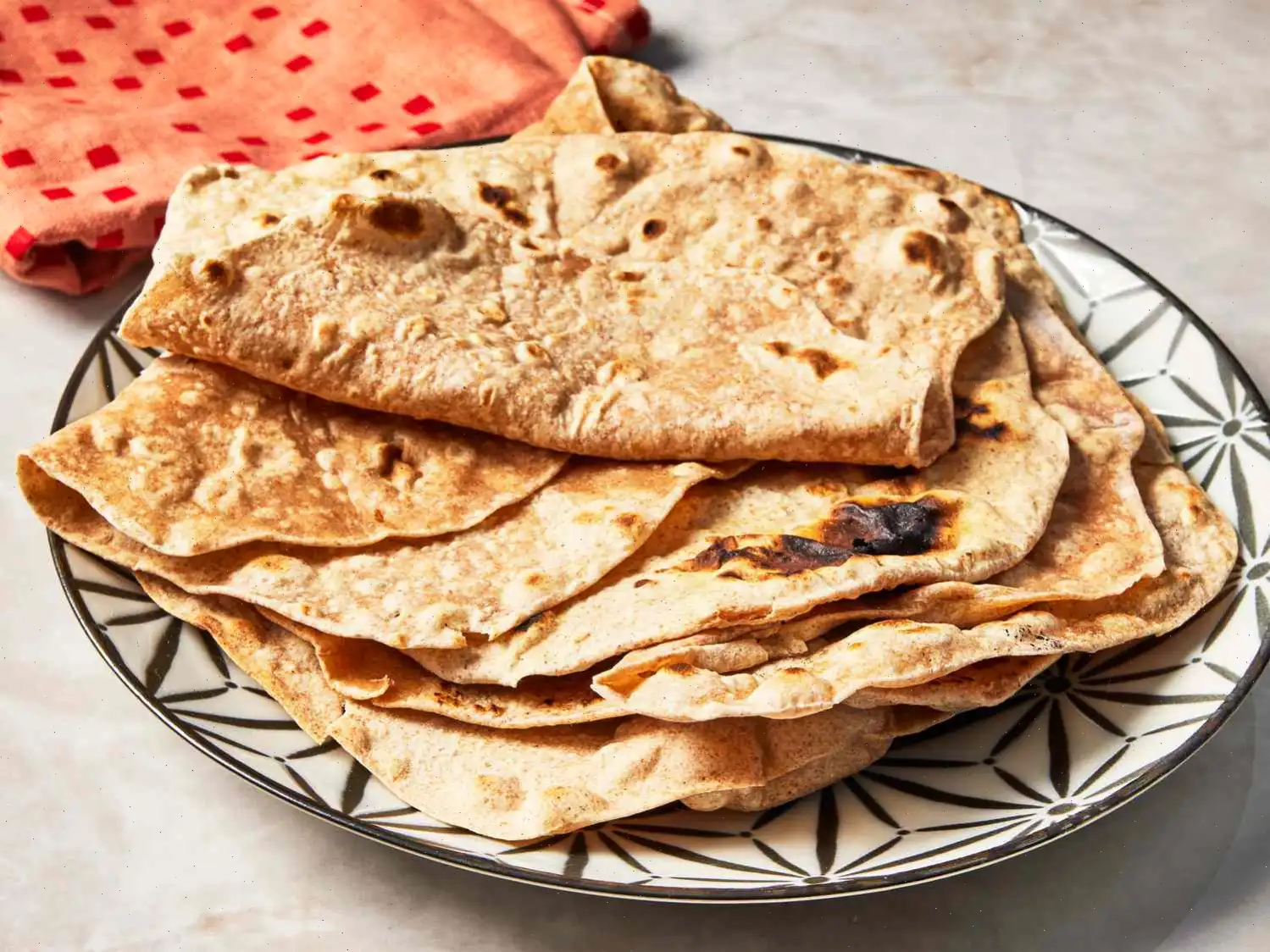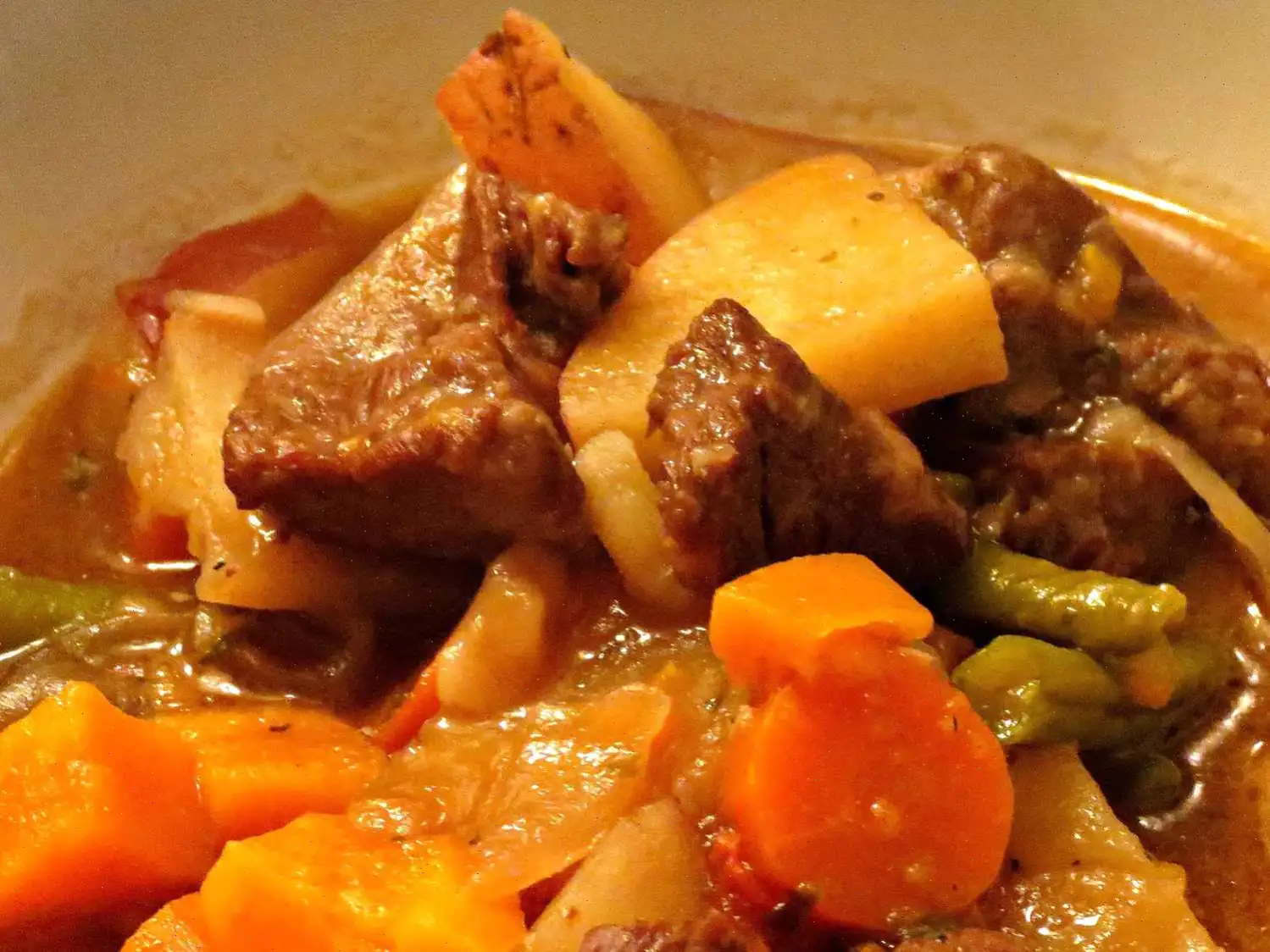
Spicy Potsticker Soup Recipe
Ingredients
This recipe was originally created for 4 servings. Ingredient amounts are adjusted proportionally, but cooking times remain unchanged. Keep in mind that not all recipes scale perfectly.
- 2 tablespoons vegetable oil
- 1 cup sliced shiitake mushrooms
- 2 tablespoons minced fresh ginger
- 3 cloves garlic, minced
- 1 bunch green onions, sliced (white and green parts separated)
- 8 cups chicken or vegetable broth
- 2 tablespoons soy sauce
- 1/4 cup rice vinegar
- 2 teaspoons toasted sesame oil
- 2 teaspoons Sriracha hot sauce
- 3 cups sliced bok choy
- 16 frozen potstickers
- 2 tablespoons miso paste
- 1 tablespoon chili crisp (optional)
Directions
- Heat the vegetable oil in a large soup pot over high heat. Add the mushrooms and saut until they begin to brown, about 4 minutes.
- Add the ginger, garlic, and the white parts of the green onions. Stir and cook for about 1 minute, just until fragrant.
- Pour in the broth and bring it to a gentle simmer. Stir in the soy sauce, rice vinegar, sesame oil, and Sriracha.
- Add the bok choy, the green parts of the green onions, and the frozen potstickers. Cook for 3 to 4 minutes, stirring occasionally, until the dumplings are heated through.
- Just before the potstickers are fully hot, whisk the miso paste with about 1/2 cup of the hot broth until smooth, then stir it into the soup.
- Turn off the heat and finish with chili crisp, if desired. Taste and adjust seasoning before serving immediately.
Nutrition Facts
Per Serving (4 servings total)
- Calories: 487
- Total Fat: 26g (34%)
- Saturated Fat: 4g (22%)
- Cholesterol: 47mg (16%)
- Sodium: 3284mg (143%)
- Total Carbohydrates: 42g (15%)
- Dietary Fiber: 5g (18%)
- Total Sugars: 7g
- Protein: 22g (44%)
- Vitamin C: 60mg (66%)
- Calcium: 226mg (17%)
- Iron: 5mg (26%)
- Potassium: 1045mg (22%)
* Percent Daily Values are based on a 2,000 calorie diet. Your values may vary depending on your nutritional needs.
The Story Behind Spicy Potsticker Soup
Spicy Potsticker Soup traces its roots to traditional Chinese cuisine, where dumplings, known as jiaozi, have been enjoyed for over 1,800 years. Originally a dish prepared for festivals and family gatherings, dumplings symbolized wealth and prosperity. The modern adaptation of incorporating them into a flavorful soup combines comfort, convenience, and bold seasoning, reflecting the evolving tastes of contemporary kitchens. By adding chili and miso elements, the dish fuses traditional techniques with global influences.
Regional Variations
While dumplings are ubiquitous across China, each region offers its own twist. Northern China prefers thicker wrappers and meat-heavy fillings, while southern regions favor thinner skins and a mix of vegetables and seafood. When transformed into soup, regional differences emerge through the broth base: light and clear broths dominate the north, whereas the south often adds soy, ginger, and aromatic oils. In modern American kitchens, chefs often blend these approaches, using ingredients like bok choy, shiitake mushrooms, and chili crisp to achieve a rich, umami-forward flavor profile.
How It Differs From Similar Dishes
Unlike plain dumpling soup or wonton soup, Spicy Potsticker Soup features pan-fried dumplings, which create a unique contrast of textures: a slightly crispy exterior with tender filling. Additionally, the integration of spicy condiments such as Sriracha and optional chili crisp sets it apart from traditional mild soups. The use of miso paste adds depth and an umami layer not typically found in standard dumpling broths, giving it a more complex, satisfying taste.
Typical Serving Occasions
Spicy Potsticker Soup is often served as a warming meal during cooler months or rainy days, offering both comfort and substance. In restaurants, it may appear as an appetizer or a light entre, while home cooks frequently enjoy it as a quick weeknight dinner. Its versatility also makes it a favorite at casual gatherings, family meals, or even potluck events, where the combination of flavorful broth and hearty dumplings appeals to a wide range of palates.
Interesting Facts
- Potstickers are named for the way they stick to the pan when first fried, creating a golden, slightly crispy bottom.
- The addition of miso paste in a traditionally Chinese-style dumpling soup demonstrates a cross-cultural fusion, blending Japanese and Chinese flavors.
- Frozen potstickers retain their flavor and texture remarkably well, making this soup a convenient option without sacrificing quality.
- In some Asian cultures, eating dumplings in soup is considered a way to absorb the luck and prosperity symbolized by the dumplings themselves.
- Modern variations often experiment with heat levels and vegetables, allowing each cook to personalize the dish while preserving its comforting essence.
FAQ about Spicy Potsticker Soup Recipe
Comments
Virginia Diaz
08/25/2024 05:14:58 AM
Updated review: Substitutions: I used celery and spinach instead of Bok choy and mushroom powder to achieve the umami flavor minus the mushroom texture (a dislike in our household). I omitted the chili crisp as I was not familiar with it. Following the chef's advice, I made a half batch fearing that the potstickers might not retain their texture upon reheating, but they turned out perfectly fine. The half recipe yielded four generously sized portions. The dish was quick to make and incredibly delicious!
Jonathan Gomez
05/06/2023 02:27:01 AM
I stumbled upon this recipe on YouTube shorts on the same day I received a surplus of baby bok choy from the food pantry. Despite missing a few ingredients, I decided to make do with what I had on hand rather than seeking direct replacements. The original soup recipe would easily earn 5 stars, and even with my improvisations, it still deserves full marks. Without mushrooms, green onions, miso, chili crisp, or rice vinegar, I opted to include celery, white onion, a hint of white vinegar, and used a can of chickpeas as a substitute for miso paste. I mashed the chickpeas with salt, oil, and a splash of vinegar to create a paste that wasn't quite hummus nor miso, but it added a satisfying thickness and heartiness to the soup. I accidentally misread the amount of sriracha and ended up adding 3 tablespoons instead of 2 teaspoons, amplifying the spiciness by 4 times the original recipe! Surprisingly, it turned out to be just the right level of heat for me, though I wish I had gotten it right so my father could enjoy it more. Both my girlfriend and dad thoroughly enjoyed the soup, and so did I. I'm looking forward to indulging in the leftovers tomorrow while it snows. I'll definitely be making this soup again in the future, hopefully following the recipe a bit more closely next time.
Ashley Miller
01/24/2025 05:39:23 PM
This soup is incredibly tasty! I can't seem to resist making it over and over again. You must give it a try, you won't be let down. The second time I prepared it, I used up all the bok choy I had purchased, instead of following the exact measurements in the recipe, and it turned out even more delicious.
Carolyn Rodriguez
12/12/2022 12:41:19 PM
Super easy to follow instructions. The flavor is fantastic and sure to please a crowd.
Paul Robinson
11/07/2023 03:19:01 AM
Wonderful combination of flavors. Slightly heavy on the sesame oil for me, but overall, a delightful blend.
Helen Mitchell
08/17/2022 09:55:09 PM
This recipe was ideal for a rainy day, when we were in the mood for something new. Definitely keeping this one to make again!
Jessica Thomas
07/15/2024 02:24:31 AM
Superior to what you can experience at an Asian eatery
Frank Williams
03/21/2025 07:35:02 PM
We already enjoy frozen potstickers, so discovering a fresh new way to enjoy them is fantastic!








